Every Second Counts: How 40 Minutes of CPR Saved Andrew’s Life
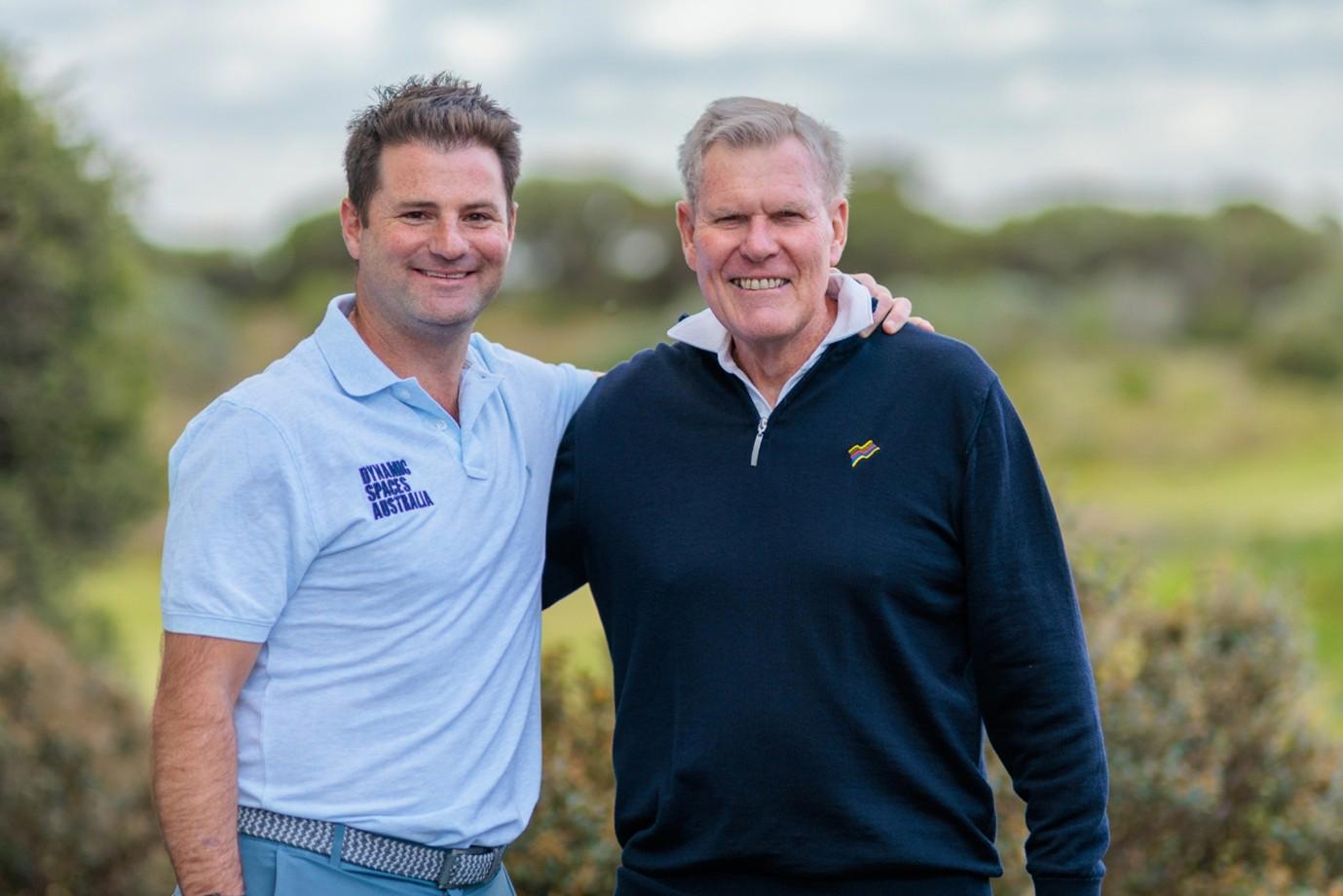
What began as a normal day on the golf course for Andrew Rogers and his son-in-law Peter Petricola turned into a fight for life, one that proved just how vital CPR and defibrillation can be.
On that sunny Saturday afternoon in July 2024 at Barwon Heads Golf Course Andrew, a fit and active grandfather, was enjoying a round of golf with Peter when everything changed.
“I have no recollection of that day,” Andrew says. “From having breakfast with my grandchildren to stepping onto the course, it’s all blank. The next thing I remember was waking up in hospital.”
A Life-or-Death Moment on the Fairway
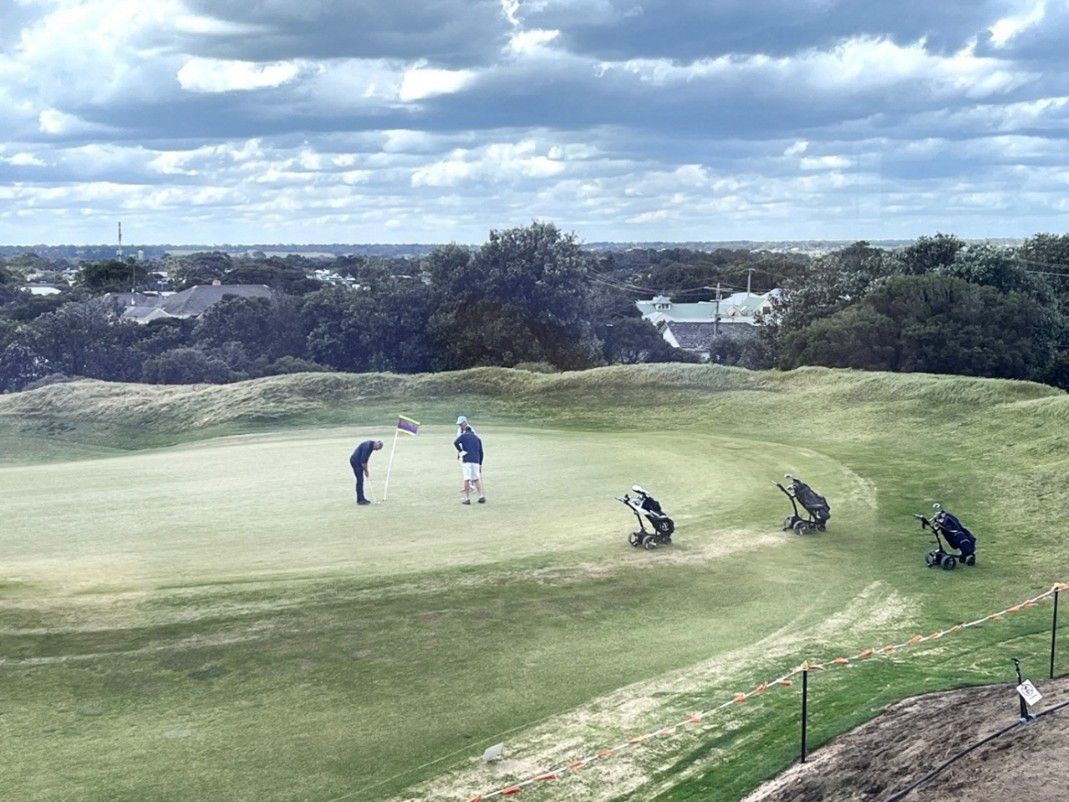
Peter recalls the moment vividly.
“We were playing a match together when I looked over and saw Andrew face down on the ground,” he says. “I ran over, called Triple Zero and started CPR straight away.”
While Peter began chest compressions, nearby golfers raced back to the clubhouse to grab the course’s defibrillator.

“There was no response from Andrew during CPR,” Peter explains. “When we finally got the defibrillator onto him, it delivered a shock, and then another one. The ambulance arrived about 40 minutes later, and by that time, we had managed to keep him alive.”
It was an extraordinary effort, 40 minutes of non-stop CPR. Even with all the other players around, who could have stepped up and taken over to assist, Peter didn’t back away. In his mind, it was his responsibility to keep Andrew alive. “I kept going, and not for one minute I thought about stopping or asking someone else to take over”. Peter recalls. “I felt like it was my responsibility to keep going to ensure he had all the chances to survive”.
Once the ambulance arrived and finally got Andrew stabilised, Peter was able to stop CPR, stand back and let them do the work.
“Afterwards, I felt like I’d played a rugby match against the strongest team in the world,” Peter laughs. “But in the moment, I didn’t feel a thing. You just focus on what needs to be done.”
A Family’s Hope and Gratitude
For Andrew’s wife, Jenny Rogers, the news came as an overwhelming shock.
“Andrew is so fit and active, it didn’t feel real,” she says. “The doctors prepared us for the worst, but we never gave up hope. Looking back, I know that if it wasn’t for Peter’s quick actions, Andrew wouldn’t be here today.”
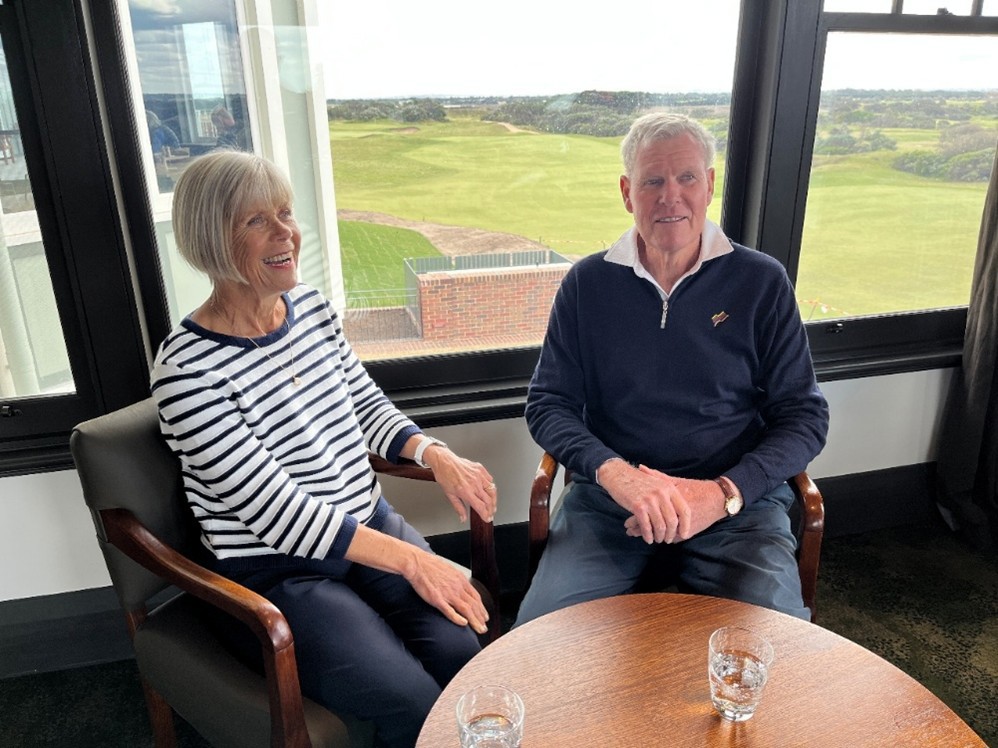
Andrew agrees.
“This experience has taught me that it’s never too late to learn CPR,” he says. “No matter your age or ability, having that knowledge can make all the difference, not just for one person, but for an entire family and community.”
The Power of Knowing What to Do

Anthony Masters, General Manager at Barwon Heads Golf Club, says the event left a lasting impression on everyone at the course.
“It was a tense afternoon,” he recalls. “But what stood out was how quickly people responded. The message is simple; if you see someone collapse, have a go. Start CPR, grab the defibrillator. They are easy to use, they talk you through it step by step, and you could save a life.”
Sadly, not everyone in Victoria feels as confident to act. Recent St John Ambulance Victoria research reveals that only half of Victorians (50%) feel confident to provide first aid in an emergency, one of the lowest rates in Australia. Even more concerning, 50% say they would be too afraid to use a defibrillator, the highest rate of hesitation nationally.
This lack of confidence can have deadly consequences. In 2023–24, there were 7,545 out-of-hospital cardiac arrests in Victoria, yet only 141 were defibrillated by a public defibrillator before an ambulance arrived, just 1.86%. For those few who did receive a public defibrillator shock, survival soared to 47%, compared to an overall average survival rate of just 5.59%.
A Mission That Saves Lives
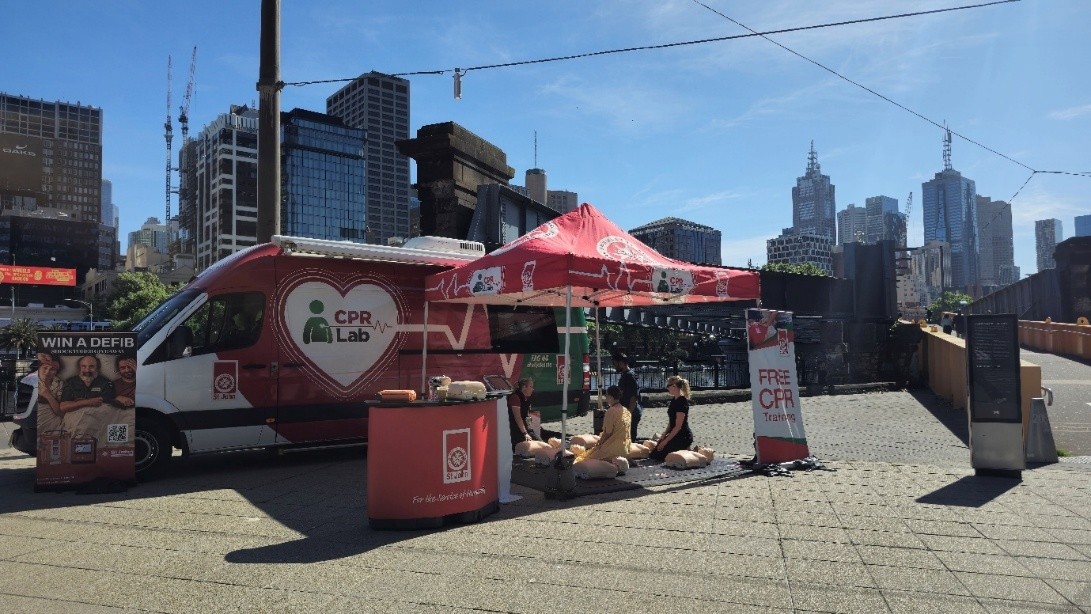
Stories like Andrew’s are at the heart of St John Ambulance Victoria’s mission, to create a more confident and prepared community.
Each year, thousands of Victorians learn CPR and defibrillation skills through St John’s First Aid Training, CPR Lab, and Community Education Programs. These skills save lives long before professional help arrives.
“The importance of people understanding CPR and having access to defibrillators cannot be overstated,” Peter says. “The quicker the response, the better the outcome.”
That’s why St John continues to advocate for greater public access to defibrillators, including legislation requiring defibrillators in all public buildings, as already seen in South Australia. Having a device on hand and knowing how to use it alongside good CPR can increase survival chances to as high as 70%.
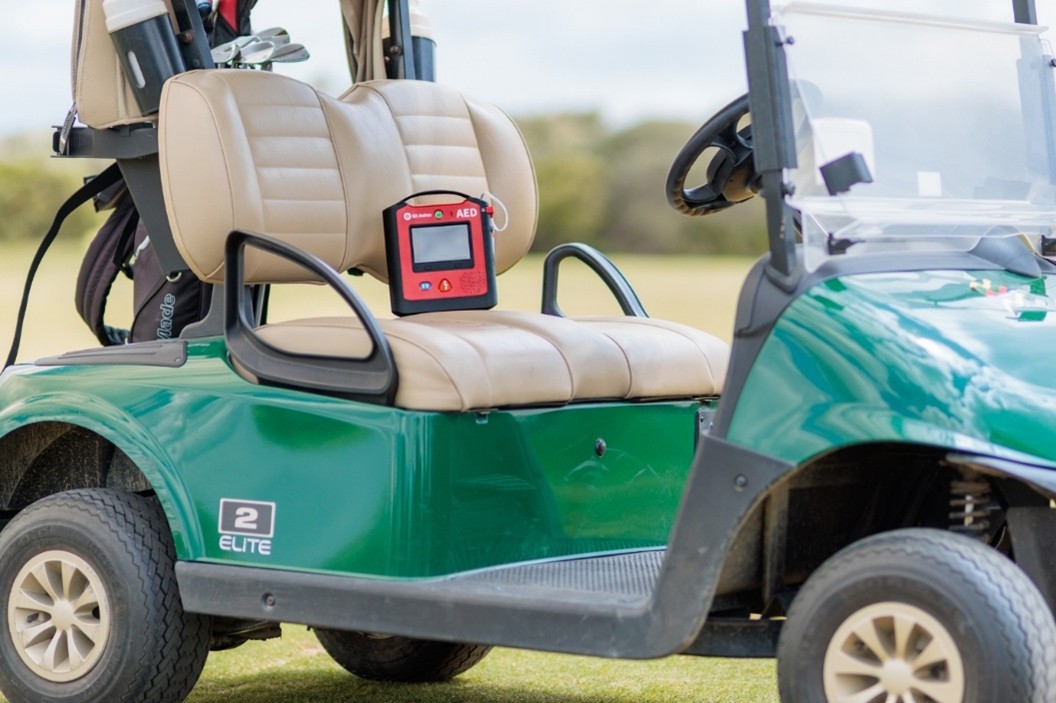
Despite these proven results, only 20% of Victorians have completed first aid training in the past 12 months, and 31% have never done any training at all. To address this gap, St John has launched initiatives like Defib In Your Street, which installs publicly accessible defibrillators across high-risk postcodes and offers thousands of free places in CPR training courses.
Learn CPR, Be Someone’s Lifesaver
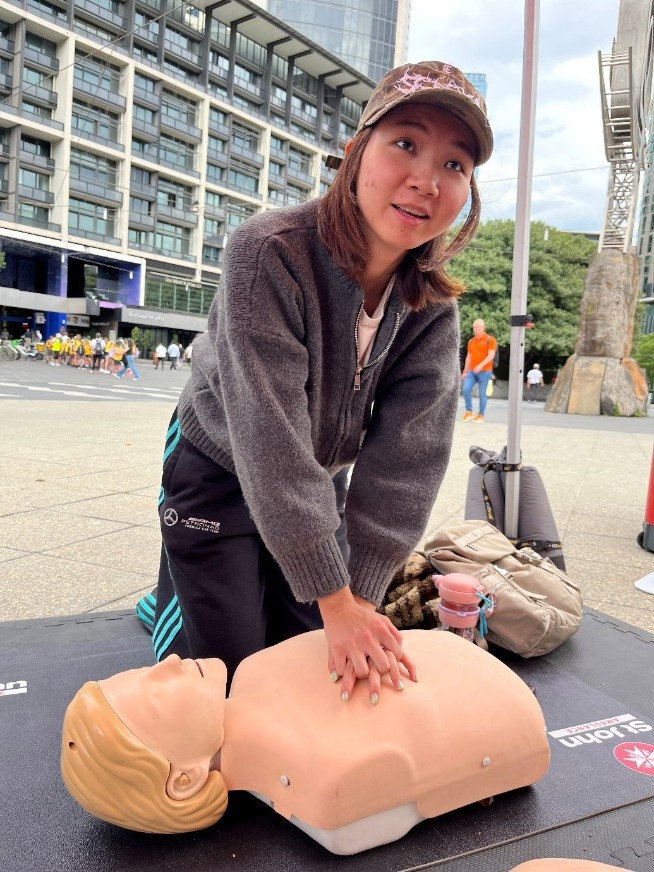
Every minute without CPR or defibrillation reduces a person’s chance of survival by 10%. But when bystanders act quickly, survival rates can double or even triple.
Andrew’s story is living proof that early action saves lives.
“You never know when you might be the person who can make that difference,” he says. “It’s never too late to learn.”
Learn CPR. Book a first aid course today. First Aid Courses | First Aid Training & Certification | St John Ambulance VIC Australia
This story was also featured on The Herald Sun, 16 October 2025.
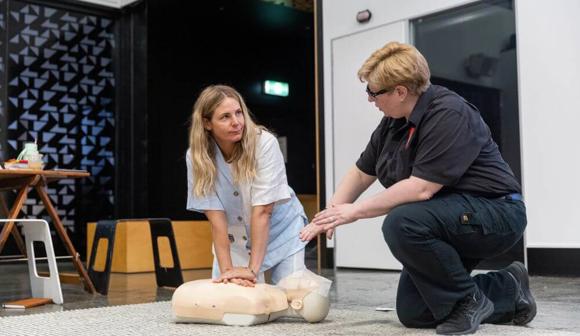
HLTAID009 Provide cardiopulmonary resuscitation
Learn the skills to perform life-saving (CPR) on an adult, child or infant who is unconscious and not breathing normally.
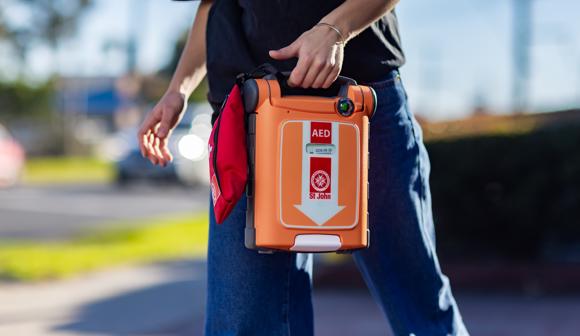
Defibrillators
As the leaders in First Aid, we know a lot about defibrillators and how they can save lives.
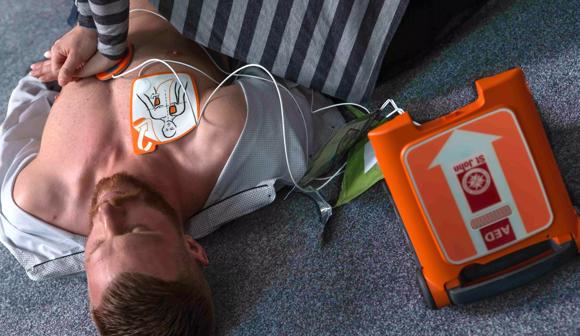
What's the Difference Between a Heart Attack and Sudden Cardiac Arrest?
Until it happens to us or someone we love, most of us don’t know the difference between a heart attack and a sudden cardiac arrest.
